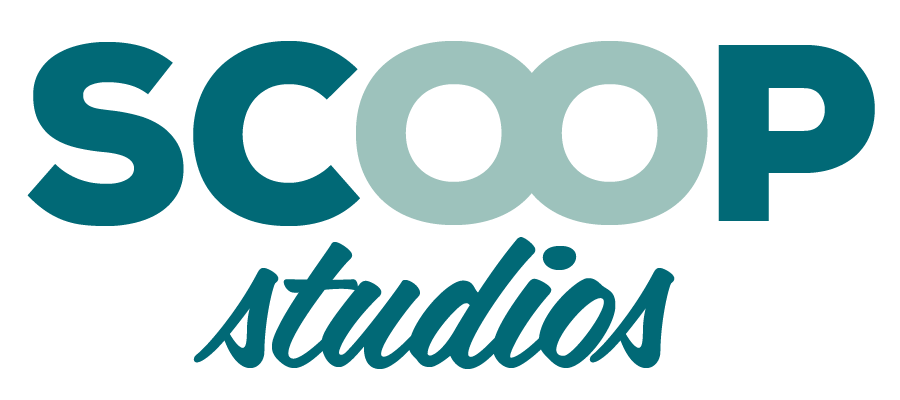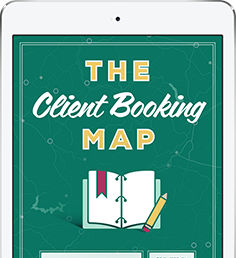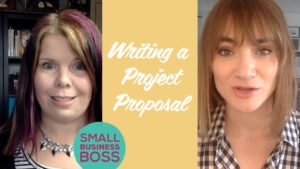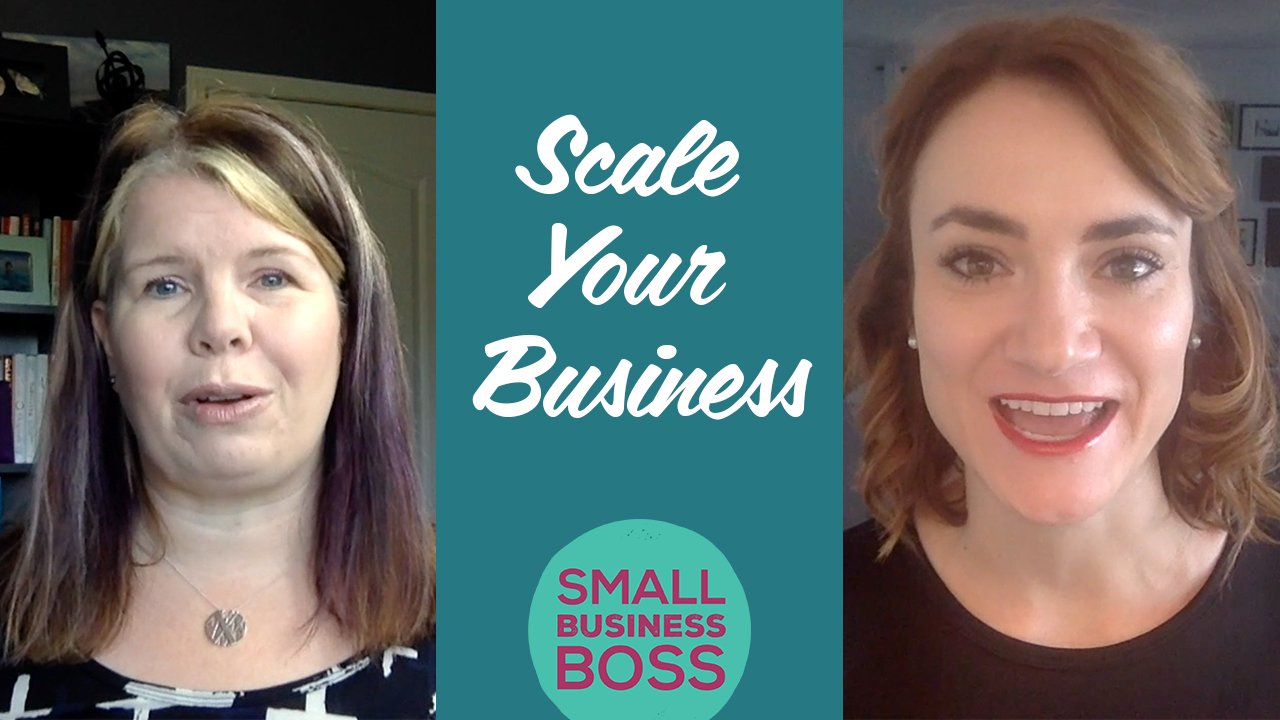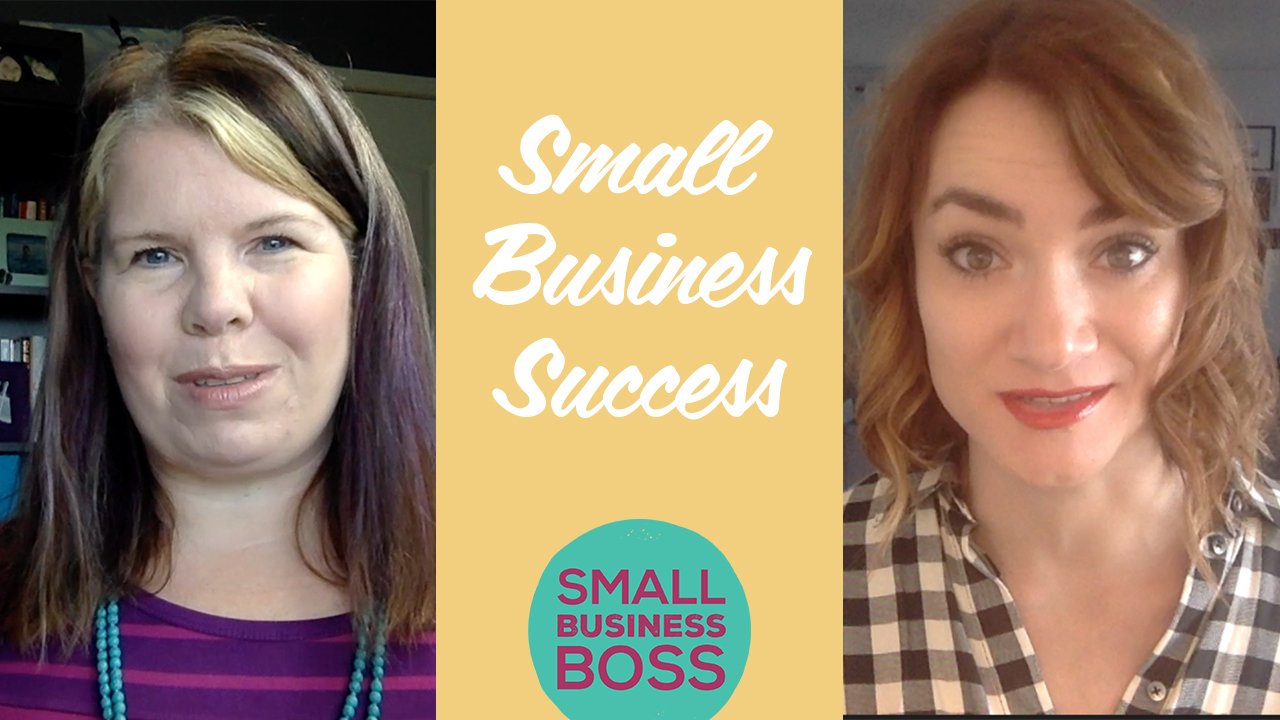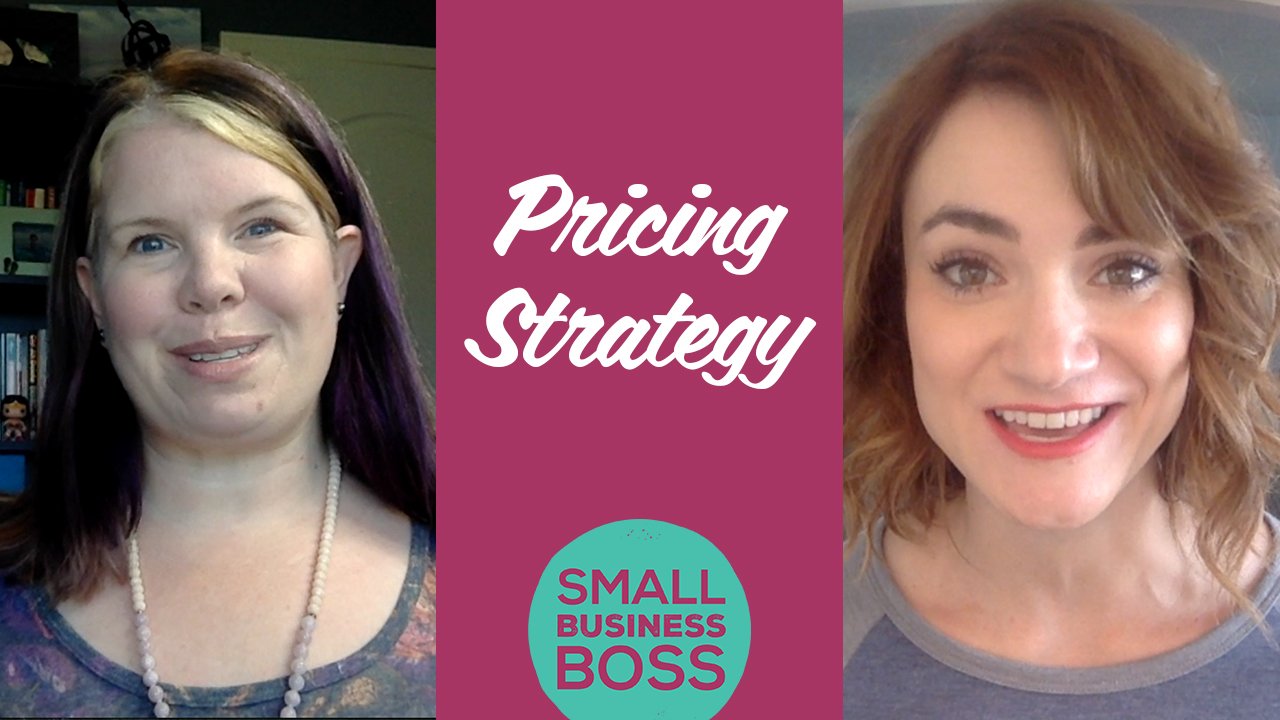You meet with a potential client. They want a proposal. But how to do you write a proposal that gets a yes?
Writing proposals is one of those things that most of us have a hard time with. Why? We tend to overthink the entire thing and end up investing way more time than we should.
We get all wrapped up in the details and the next thing you know, you’re looking at a proposal so long that it could rival War and Peace. Or you spend so much time on the scope of work that you have to rush through the rest.
I know what you’re thinking!
How do you find the balance on making sure your proposal is clear and hits all the key points without trying to include every.single.detail. you think the client might want to know?
And more importantly, how do you write a proposal that results in an enthusiastic YES?
We’re going to give you our best proposal writing tips based on years of selling high-end consulting projects.
Check this out:
#1. Handle Any Objections or Concerns Up Front
When putting a proposal together, you want to try and anticipate any questions or roadblocks the client may throw your way.
What you don’t want to do is just tell them what you’re going to do – you want to go the extra mile and let them know how you will work together, the timeline, your recommended approach and so much more.
As you put that together, think about what big questions your clients might have in the process:
- How will you measure results?
- How will you communicate and how much?
- Who’ll be accountable for what?
- How will we handle change requests?
- Is there any specific documentation the client will expect as the project progresses?
- Who’ll be the main point of contact on each end?
While all of these details may not need to be included in the project proposal, these are the types of things that you should have thought about before entering into your meeting to present the proposal.
#2. Have a Clear Scope of Work
The key elements of your proposal should include deliverables, expected results and, if applicable, timelines.
The goal here is to ensure that your potential client doesn’t have to guess at anything. Any guesswork results in uncertainty for your would-be client, which doesn’t work in your favour.
This is why you need to spell out as many details as possible so they know exactly what’s going to happen.
The scope of work should be comprehensive and point out what is (and maybe even what’s not) included so they have a clear picture of what you’ll do for them and the results that will follow if you work together.
Consider laying out typical timelines for the type of engagement you’re proposing. You want them to know what’s realistic for what they want you to do.
Truth? Managing expectations upfront is KEY to closing the deal and starting off on the right foot.
#3. Keep Your Pricing/Packages Simple
When you have pricing as part of your proposal, there are two things you are striving for – clarity and simplicity.
A common mistake that people make when presenting a proposal is including too much information. Your client has come to you looking to potentially hire you for your services, so the expectation is that you know what package is going to be the right fit.
The last thing your potential client wants is to have to figure what they need. It’s your job to tell them what you recommend. Too many options simply make it confusing.
With your proposal, ensure you include a clear outline of what that pricing covers, as well as what costs would be additional.
Bonus: Have CLEAR Steps for What Happens Next
While this isn’t absolutely necessary to have in a winning proposal, having clearly outlined next steps can inject that little extra bit of confidence your potential client needs to give you a yes.
By doing this, your client will get a better picture of how things will look once you are out of the proposal stage.
It also shows attention to detail and that you are anticipating their need to know what will happen next. Exceeding expectations is always a fantastic way to demonstrate your outstanding customer service.
Get Into Action
You may have watched/read this post and thought…OH NO, my proposal needs help!
Don’t worry. Sit down in the next couple of days and review your proposal with the tips above. Even small adjustments to what you’re already doing can help get that YES from your dream client.
If you’re not sure where to start, focus first on your scope of work and your pricing to make sure you cover all your bases, then add-on and refine from there. Good luck!
[embed_popupally_pro popup_id=”16″]
